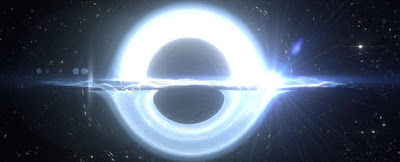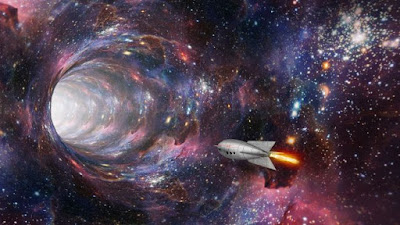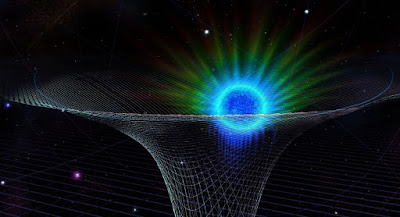 |
| Image Source: Axion particle spotted in solid-state crystal, Max Planck Society, Phys.org |
Topics: Cosmology, Dark Matter, Particle Physics, Quantum Mechanics, Standard Model
A team of physicists has made what might be the first-ever detection of an axion.
Axions are unconfirmed, hypothetical ultralight particles from beyond the Standard Model of particle physics, which describes the behavior of subatomic particles. Theoretical physicists first proposed the existence of axions in the 1970s in order to resolve problems in the math governing the strong force, which binds particles called quarks together. But axions have since become a popular explanation for dark matter, the mysterious substance that makes up 85% of the mass of the universe, yet emits no light.
If confirmed, it’s not yet certain whether these axions would, in fact, fix the asymmetries in the strong force. And they wouldn’t explain most of the missing mass in the universe, said Kai Martens, a physicist at the University of Tokyo who worked on the experiment. These axions, which appear to be streaming out of the sun, don’t act like the “cold dark matter” that physicists believe fills halos around galaxies. And they would be particles newly brought into being inside the sun, while the bulk of the cold dark matter out there appears to have existed unchanged for billions of years since the early universe.*
Still, it sure seems like there was a signal. It turned up in a dark underground tank of 3.5 tons (3.2 metric tons) of liquid xenon—the XENON1T experiment based at the Gran Sasso National Laboratory in Italy. At least two other physical effects could explain the XENON1T data. However, the researchers tested several theories and found that axions streaming out of our sun were the likeliest explanation for their results.
Physicists who weren’t involved in the experiment have not reviewed the data as of the announcement at 10 a.m. ET today (June 17). Reporters were briefed on the finding before the announcement, but data and paper on the find were not made available.
Live Science shared the XENON collaboration’s press release with two axion experts.
Physicists Announce Potential Dark Matter Breakthrough, Rafi Letzter, Live Science/Scientific American






